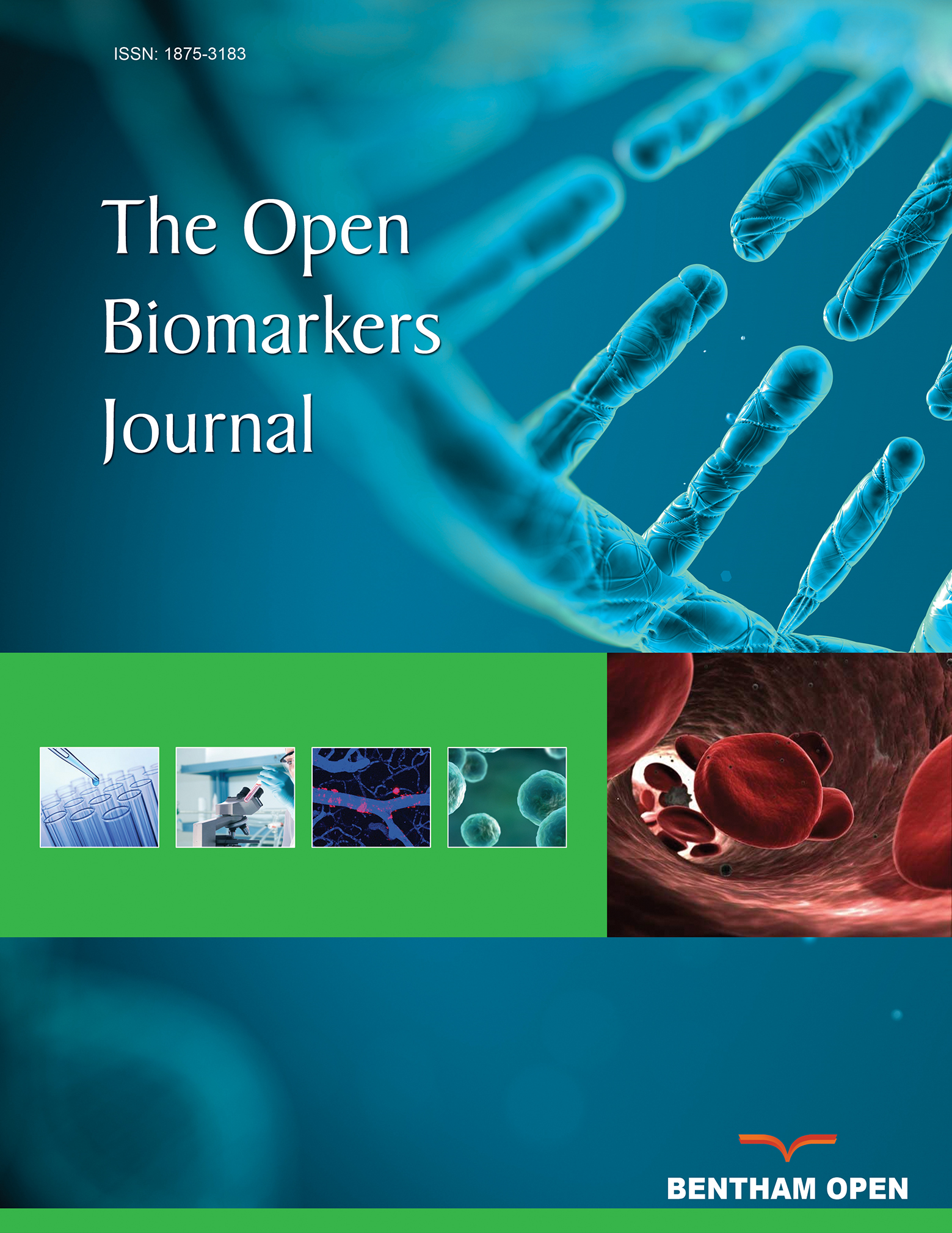All published articles of this journal are available on ScienceDirect.
Significance of Carbohydrate Antigen 19-9 as a biomarker in Hepatocellular Carcinoma and Cholangiocarcinoma
Abstract
Background & Aims:
Combined hepatocellular - cholangiocarcinomas (cHCC-CCs) are rare malignancies representing less than 1% of all primary liver cancers. Correct preoperative diagnosis is desirable because the frequency of lymph node metastasis in ICC and cHCC-CC, making lymph node dissection a necessity if curative resection to be attempted. This study aimed to investigate the significance of elevated CA19-9 in suspecting a diagnosis of Intrahepatic Cholangiocarcinoma (ICC) “non-invasively” in patients with typical radiological features of HCC.
Methods
This cross-sectional study was conducted on 54 patients with typical radiological criteria of HCC and elevated CA19-9 level. And were classified into two groups I included 22 patients (40.74%) who were diagnosed as HCC, group II included 30 patients (55.56%) were diagnosed as ICC, and there were 2 patients (3.7%) were diagnosed as cHCC-CC.
Tumor markers (AFP and CA19-9), dynamic study (Triphasic CT or Dynamic MRI) were done for all patients. Target liver biopsy was done for histopathology and immuno-histochemistry using specific monoclonal antibodies against Glypican-3, Hep-par1, CK-7, CK-19 and CK-20 were done.
Results:
There was a statistically significant difference between HCC and ICC as regard CA19-9 and Alpha-fetoprotein (AFP). CA19-9 and AFP cut-offs were ˃ 58.9 U/mL and ˂ 25.8 ng/mL, respectively favoring the diagnosis of ICC, with very high sensitivity and specificity. CA19-9 level was 176.3 and 156.7 U/mL while AFP level was 460 and 170 ng/mL in cHCC-CC cases, respectively.
Conclusion:
CA19-9 could be a diagnostic marker of ICC in cases of typical radiological criteria of HCC with elevated CA19-9.


